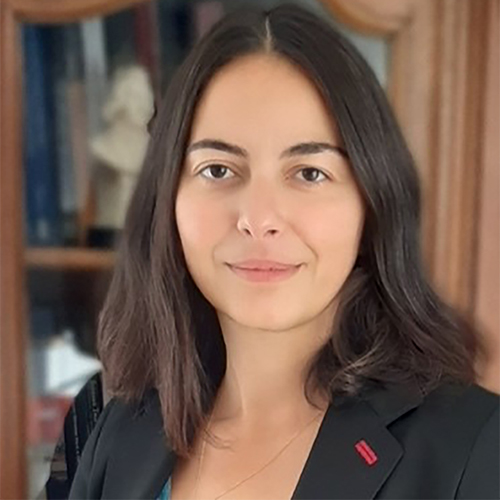Jun. Prof. Aude Aylin DE TAPIA, Albert Ludwig University of Freiburg
The Many Lives of a the “Cezaevi-kilise” of Nevşehir
In
1923, the exchange of population between Greece and Turkey ended the
Greek-Orthodox (Rum) presence in most parts of Anatolia. In the region of
Cappadocia, the Rums (who were mostly Kamaranlis, i.e., Turkish-speakers) had
numerous communities which had prospered economically from the mid-nineteenth
century mostly thanks to migration movements towards big cities, Istanbul
ahead, and philanthropic activities. In that context, these communities built
new, huge churches, which remained without faithful after 1923. In the first
republican decades, some of them were converted into mosques, others destroyed
or simply abandoned. Many were desecrated and turned into stables, warehouses,
or factories. Among these churches, the Meryem
Ana Kilisesi built in 1848 and located in the town of Nevşehir has
experienced a particular fate. Transformed into a prison in 1953, it became the
place of incarceration of numerous political prisoners such as Yilmaz Güney who
stayed there for one year. In 1973, this “Cezaevi-kilise”, as locals used to
call it, even became a film set for the movie Mahpus narrating the story of an imprisoned woman. After the closing of the prison
in 1983, the building was abandoned but is still sometimes used as a shooting
place for movies and TV series. It is also one of the last monuments that has
not borne the cost of the urban transformation, which affects the former
Rum districts of the town.
This
paper will follow the different lives of the Meryem Ana church of Nevşehir
from its construction in the late Ottoman period up to now, including its
transformation into a carceral place, but also more recent developments, that
have turned it into anew symbol of the local Christian heritage and have led to
contestations against its degradation and calls for its preservation.
